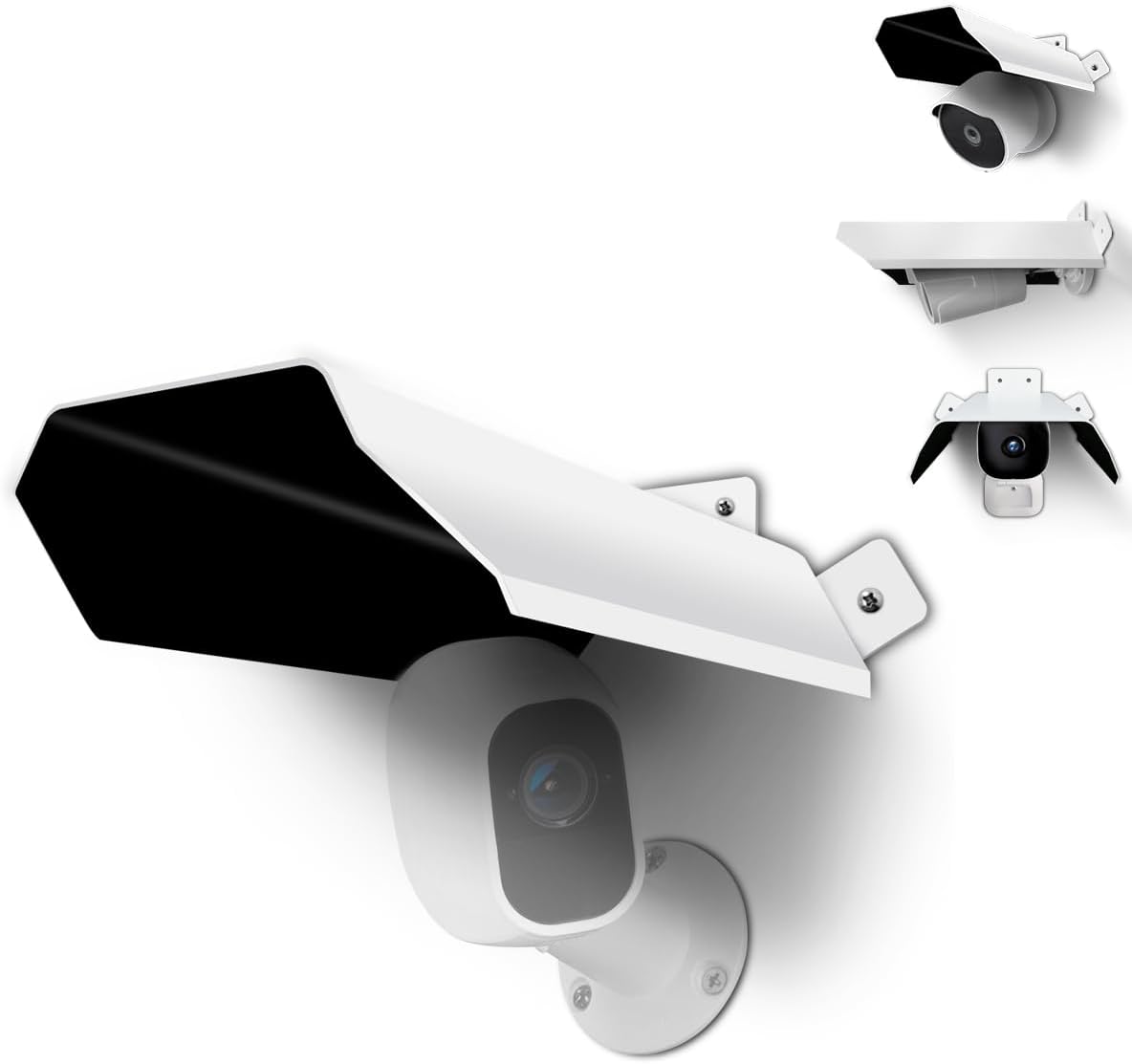Outdoor security cameras help keep your home safe. But rain can cause problems for them. Water can damage the camera or make it stop working. So, it is very important to protect your outdoor security camera from rain.

Credit: www.amazon.com
Security Camera Installation Process and Buying Guide
Outdoor security cameras help keep your home safe. But rain can cause problems for them. Water can damage the camera or make it stop working. So, it is very important to protect your outdoor security camera from rain.

Credit: www.amazon.com
Rain can harm your camera in many ways:
If your camera stops working, you lose security. So, protecting it is very important.

Credit: oossxx.com
The first step is to buy a good camera. Look for one that is weatherproof or waterproof. Check the IP rating of the camera. IP means “Ingress Protection.” It tells how well the camera resists dust and water.
For rain protection, choose a camera with IP rating of IP65 or higher.
This means the camera can handle water splashes and even heavy rain.
Where you put the camera matters a lot. Try to find a spot that keeps the camera safe from direct rain.
These places help reduce rain hitting the camera directly.
Rain shields are small covers you can put above the camera. They stop rain from falling on the lens or body.
You can buy rain shields made for cameras. Or make one yourself using a small piece of plastic or metal.
Make sure the shield is big enough to cover the camera but does not block the view.
Rain can enter through the wires. This can cause electric problems or damage the camera.
Use waterproof tape or silicone sealant to cover the wires. Make sure no gaps are left where water can enter.
Also, use cable glands or waterproof connectors for extra protection.
Protective housing is a box where you put the camera. It keeps the camera safe from rain, dust, and damage.
These housings are made for outdoor cameras. They are usually waterproof and strong.
You can find housings made of plastic or metal. Choose one that fits your camera well.
Rain can leave water drops on the lens. This makes the camera view blurry.
Clean the lens regularly with a soft cloth. Wipe off water drops after rain.
Using a lens cover or shield helps keep the lens dry.
Some cameras are made with built-in waterproof features. They have seals and coatings to stop water inside.
If you live in a rainy place, buy cameras made for such weather.
This reduces the need for extra protection steps.
Rain and weather wear down cameras over time. So, check your camera regularly.
Regular care helps your camera last longer and work better.
Desiccant packs absorb moisture inside the camera box. This stops fog and water build-up.
Put one or two packs inside the protective housing. Replace them every few months.
This small step helps keep your camera clear and dry.
| Tip | Why It Helps |
|---|---|
| Mount camera facing downward | Stops water from sitting on the lens |
| Use angled or shaded mounts | Protects against direct rain and sun |
| Avoid low spots where water pools | Prevents flooding or water splash damage |
| Run cables inside walls or pipes | Protects wiring from rain and damage |
| Install surge protectors | Prevents electrical damage from storms |
You do not always need to buy expensive gear. Some simple ideas work well:
These ideas help keep rain away and save money.
Sometimes, it is better to ask an expert to install your camera.
They know how to protect cameras from rain and weather.
Professionals can:
This gives you peace of mind and better security.
To protect your outdoor camera from rain, follow these steps:
By doing this, your camera will last longer. It will keep working well even in rain. And your home will stay safer.
Remember, simple steps make a big difference. Protect your outdoor security camera from rain today.
Use waterproof housing or covers designed for cameras to block rain and moisture effectively.
Yes, plastic covers help but should allow airflow to prevent overheating and fogging.
Outdoor cameras usually have some waterproofing, but extra protection extends their life and performance.
Use materials like silicone, rubber, or weather-resistant plastic to shield cameras from rain.